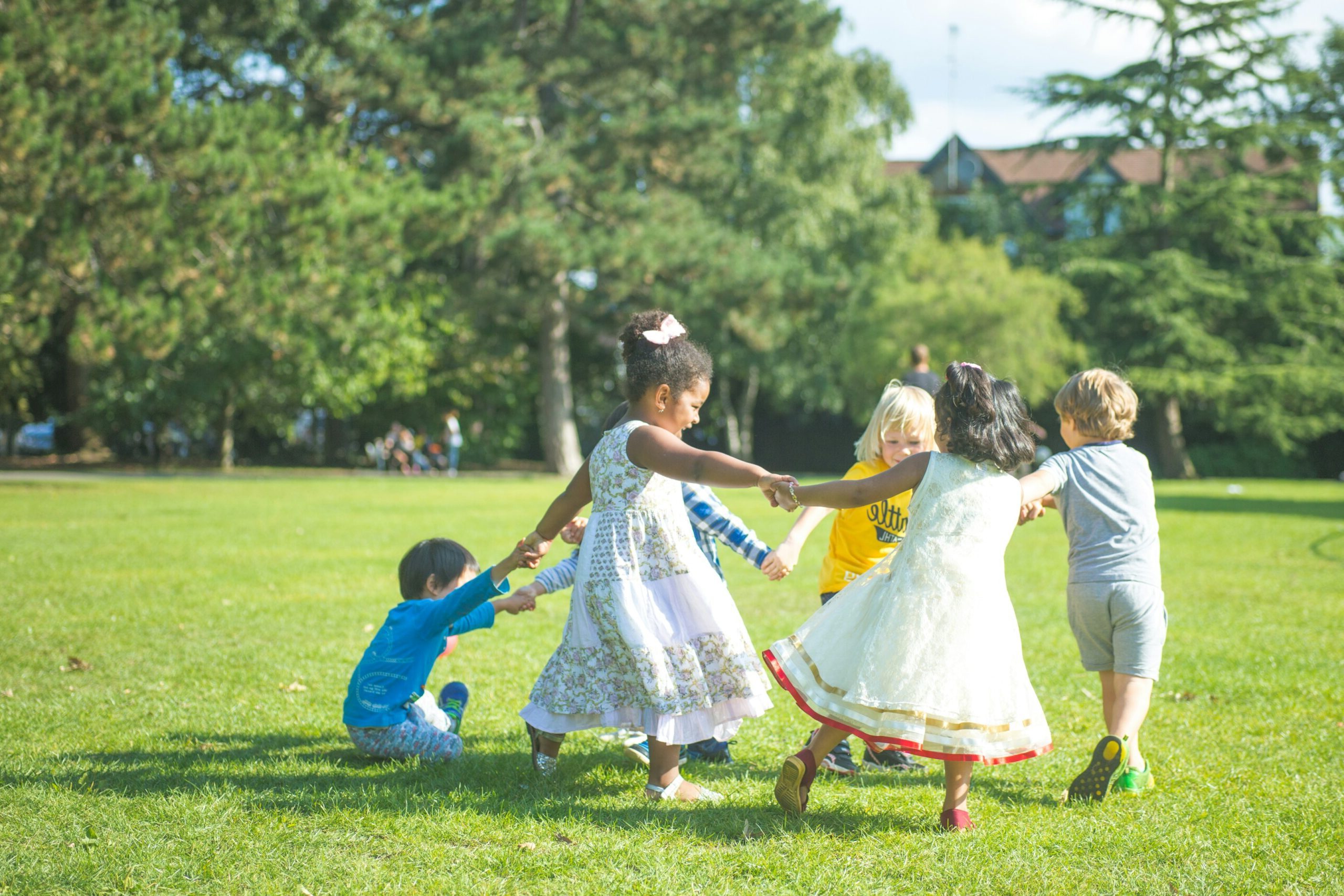
Blog
Science to Policy: The Connections Between Nature and Children’s Health
November 12, 2025
This blog was written by NCEL’s Nature and Health Fellow Colleen Goggin.
Overview
Over the past decade, a growing body of research has explored the link between time spent in nature and a variety of positive health outcomes in children. These include lower stress levels, improved mood, better sleep, and increased physical activity. In some studies, time in green spaces has also been associated with stronger attention regulation, better social interaction, and reduced symptoms of anxiety.
These findings suggest that consistent, safe access to outdoor environments can play a supportive role in how children grow, learn, and feel. As leaders navigate overlapping challenges — from rising youth anxiety to local community designs — more state and local lawmakers are considering how nature can fit into the systems already shaping children’s daily lives.
This blog provides more information on the growing body of research supporting the benefits of time outside and the policy approaches states are taking to increase youth outdoor access.
The Research in Brief: The Childhood Benefits of Time Outdoors
In a time where 42.8% of youth face eco anxiety, and the rate of cell phone use has skyrocketed, exposure to nature has modified these negative effects by addressing mental health challenges, reducing childhood obesity rates, and improving classroom behaviors.
A few key findings from recent studies help frame the opportunity and benefit of connecting more children with nature:
- Green Spaces & Mental Health: Recent studies have started linking regular time in green spaces with fewer early childhood mental health challenges, such as anxiety and depression — especially in urban environments.
- Social-Emotional Development: Some evidence suggests outdoor play may support social-emotional development, including self-confidence, peer connection, and reduced behavioral difficulties in early childhood.
- Nature Integration: While access alone doesn’t guarantee outcomes, communities that integrate outdoor time into daily routines — through schools, parks, or after-school programs — tend to report stronger community engagement and improved perceptions of youth well-being.
Connecting Research to Action: Current State Policy Solutions
Cities and states have already begun integrating nature access into local policy, often starting with actions that build public awareness and institutional support. Some of the primary youth nature access approaches currently include:
- Children’s Outdoor Bill of Rights (COBOR): A non-binding resolution adopted across different states, including in places like Austin (TX) and Salt Lake City (UT). COBOR affirms the idea that every child should have opportunities to play, explore, and connect with the natural world. While not regulatory, it provides shared language that helps communities align around this value.
- School wellness policy updates that include recommendations for outdoor physical activity or unstructured nature time.
- Joint-use agreements that allow community members to use schoolyards after hours, creating more accessible green space. These efforts are seen in various cities across the country, including Dallas (TX), Santa Barbara (CA), Atlanta (GA), and Newark (NJ).
- State or city task forces that bring together parks, public health, and education departments to explore how outdoor access can be integrated into local health strategies.
These approaches tend to be low-cost and focus on repurposing or sharing existing resources rather than building new infrastructure. In many cases, they are developed in response to concerns about youth mental health, childhood obesity, or community wellness, and they fit naturally into local policy conversations.
State Policy Options: Incorporating Nature and Health Connections
Building on existing policy models, the following examples reflect relevant starting points that states and localities can apply to engage the nature-health intersection for beneficial youth outcomes.
- Outdoor Bill of Rights: Considering a Children’s Outdoor Bill of Rights (COBOR) at the city (e.g. Belmont (CA), Rochester (NY), Salt Lake City (UT)) or state level to create a shared vision.
- School Policies: Reviewing existing school wellness or education policies for language around outdoor time or access to green space.
- Cross-Sector Collaboration: Connecting with public health, parks, and education leaders to identify opportunities for collaboration through cross-sector work. Engaging with diverse sectors involved with the community can position COBOR to align with and support other city policies.
- Permitting: Reviewing city or district permitting practices that affect access to schoolyards, community gardens, or natural play areas. Community use of public school grounds and facilities through shared use agreements can open up more and safer green space opportunities, especially for those in areas with limited green space access.
- Pilot Programs: Learning from other communities already implementing small-scale policies or pilot programs. Some are profiled in NCEL’s Outdoors as a Health Solution Briefing Book (2024).
Looking Ahead
The connection between outdoor time and child health continues to gain momentum — not only in academic studies but also in policy and planning efforts across the country. In many communities, access to nature is already part of the landscape. These early policy steps help ensure outdoor access is also part of the conversation around public health, education, and youth well-being.
To learn more, visit NCEL’s Outdoor Engagement Issue Page and Outdoors as a Health Solution Briefing Book.